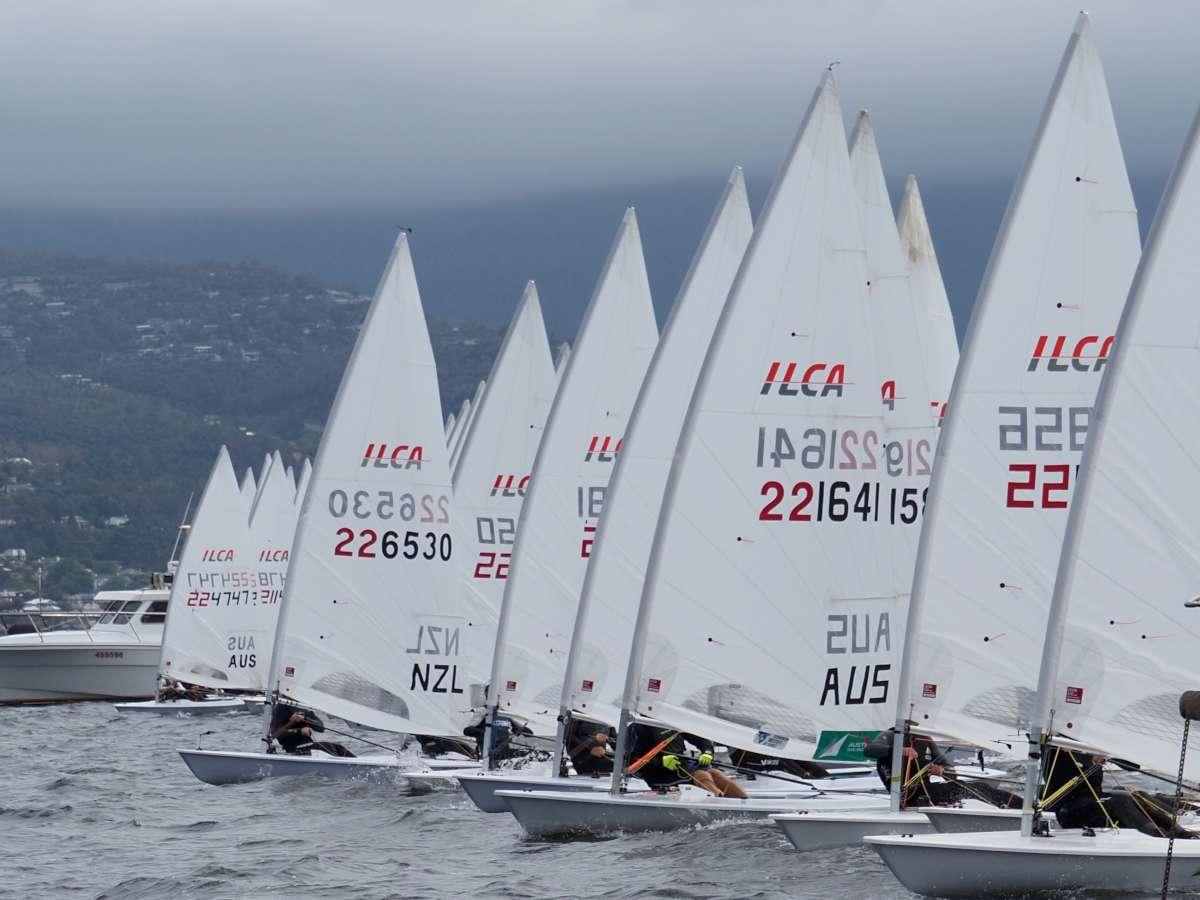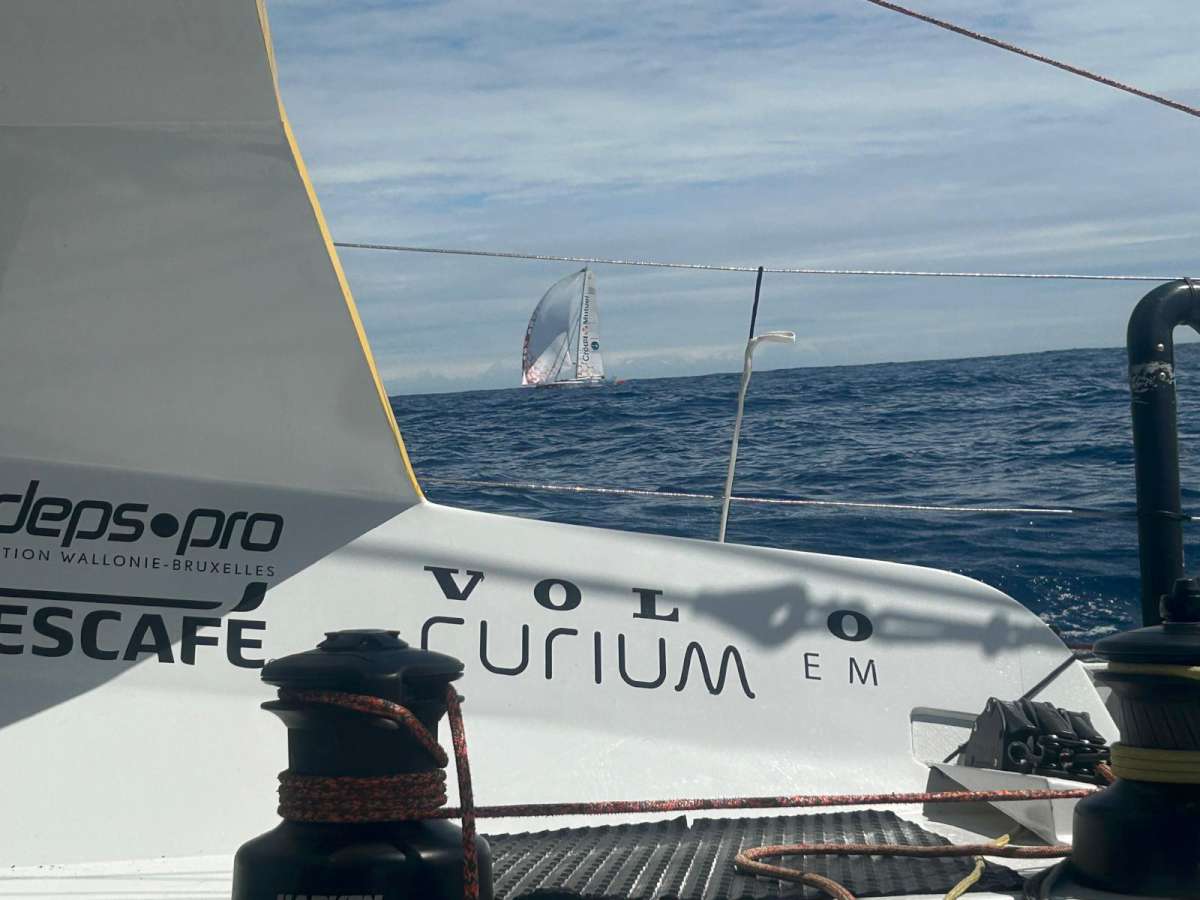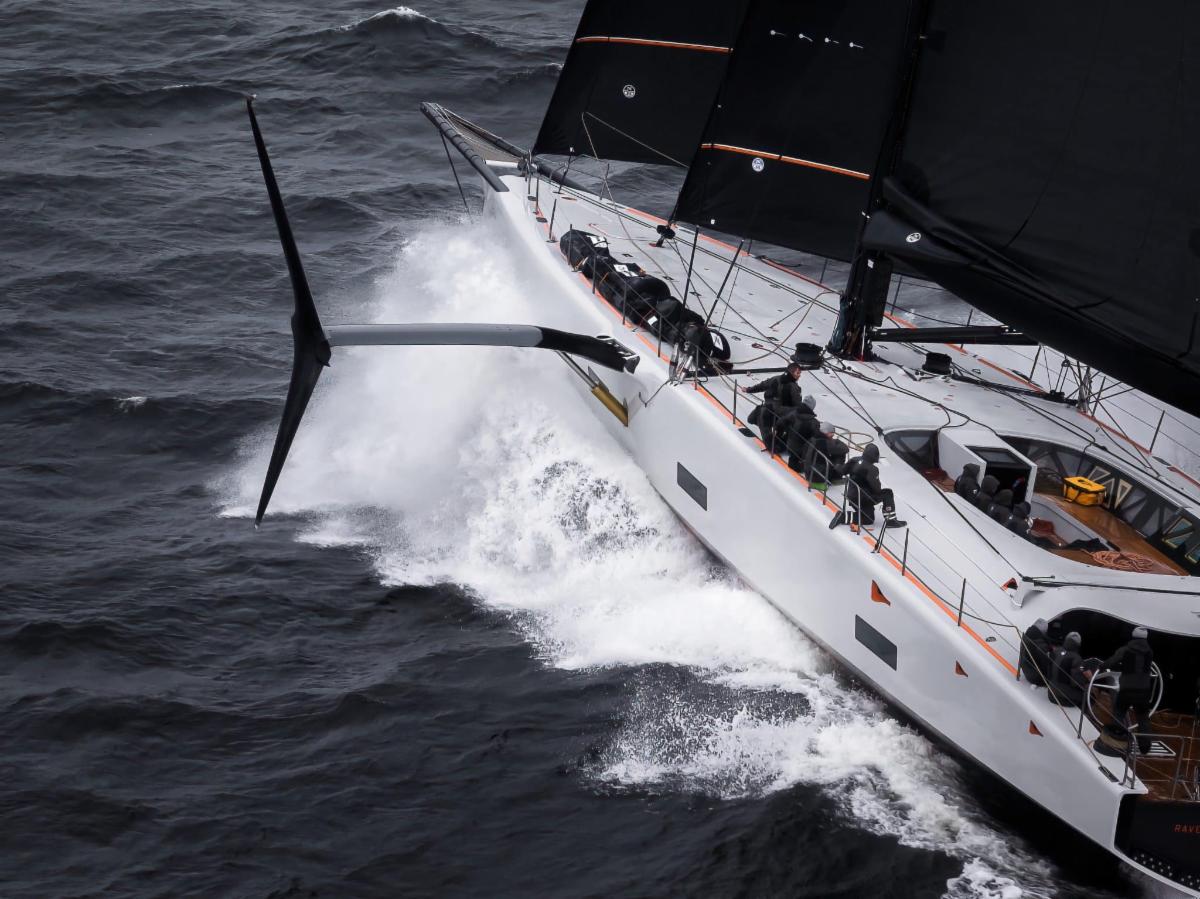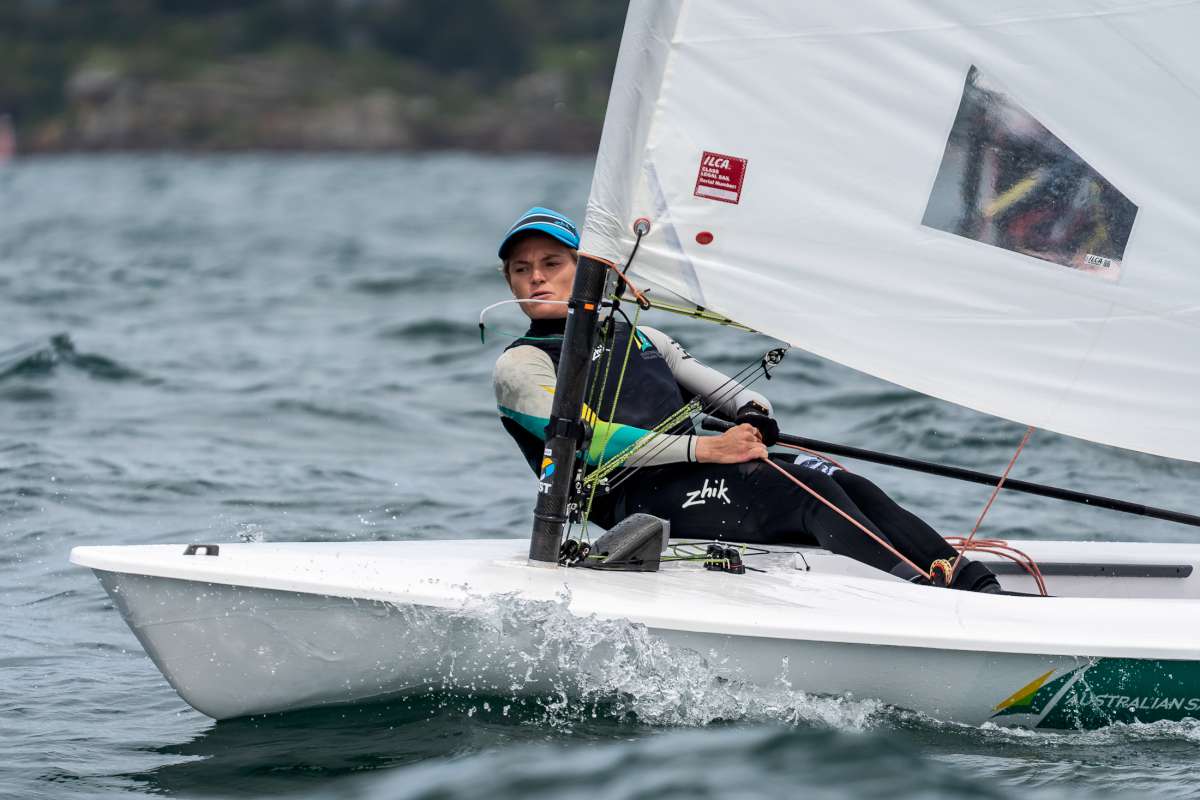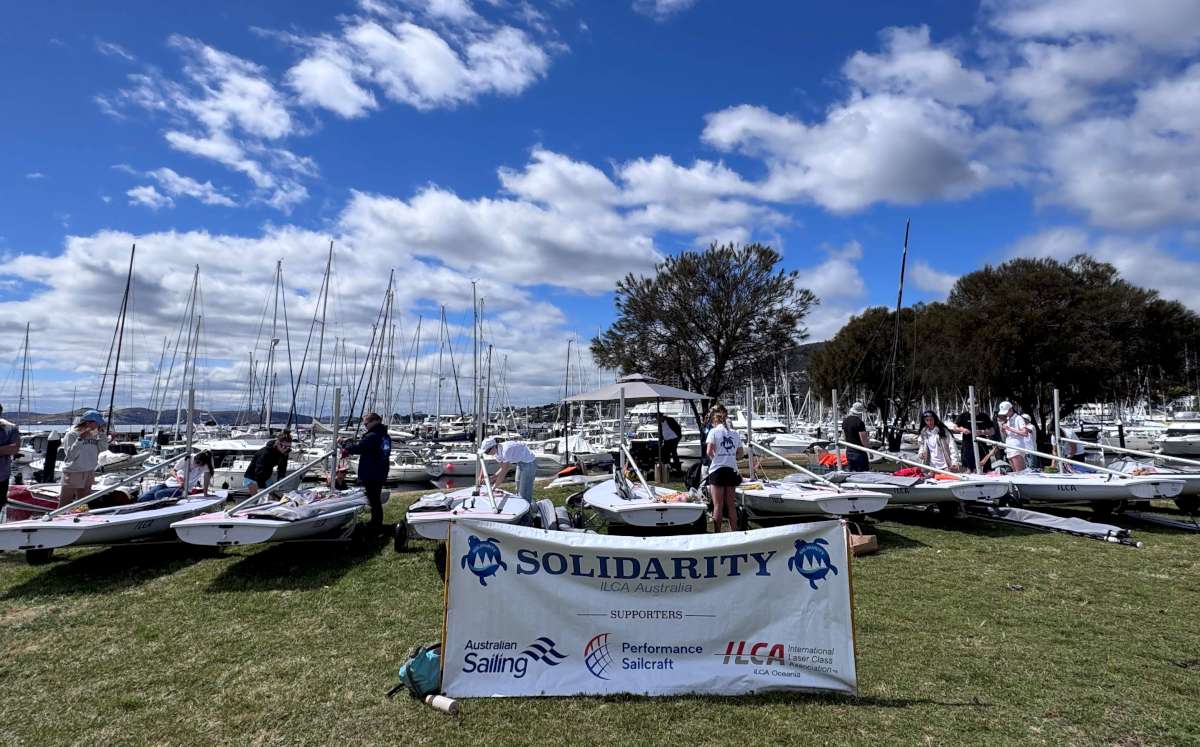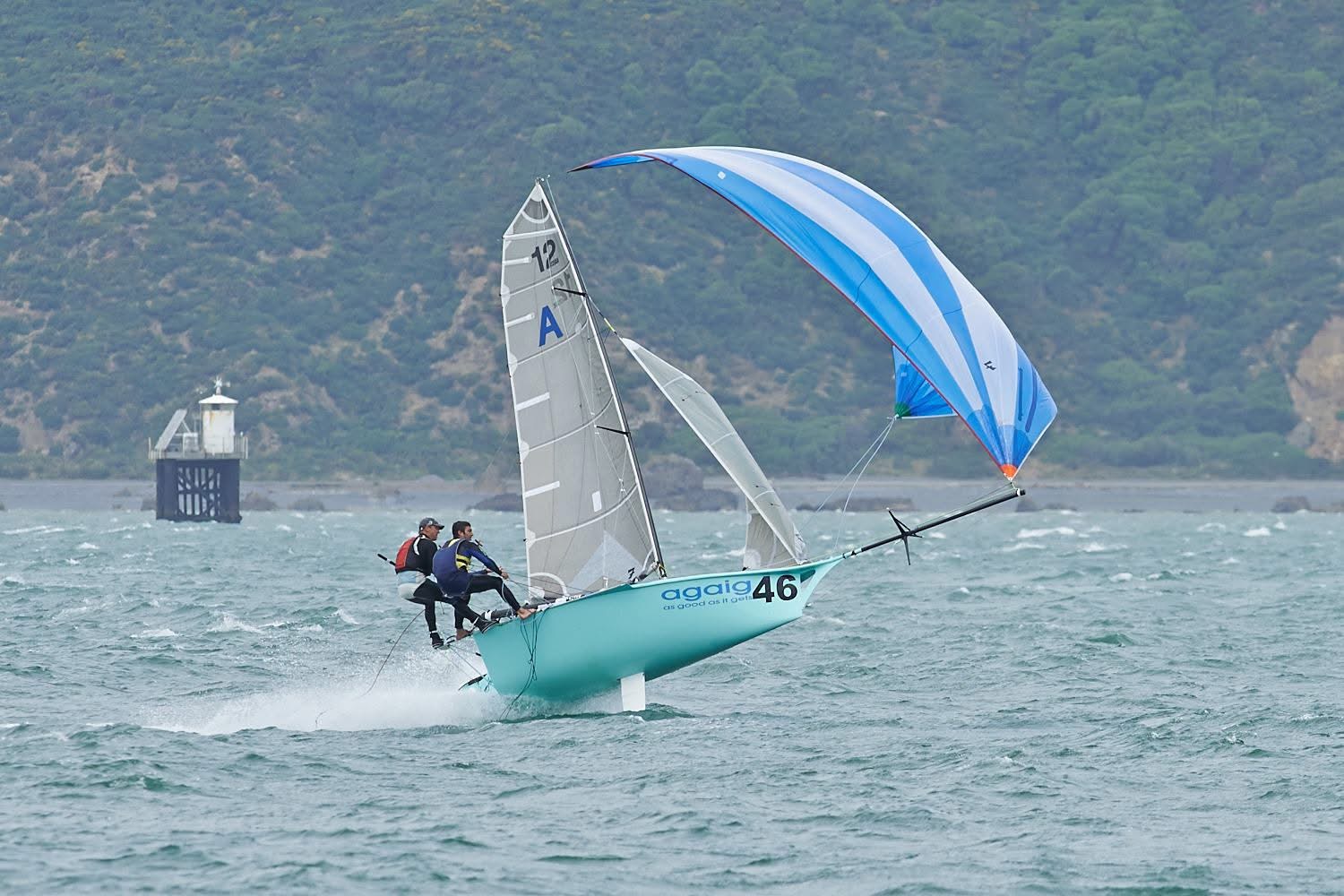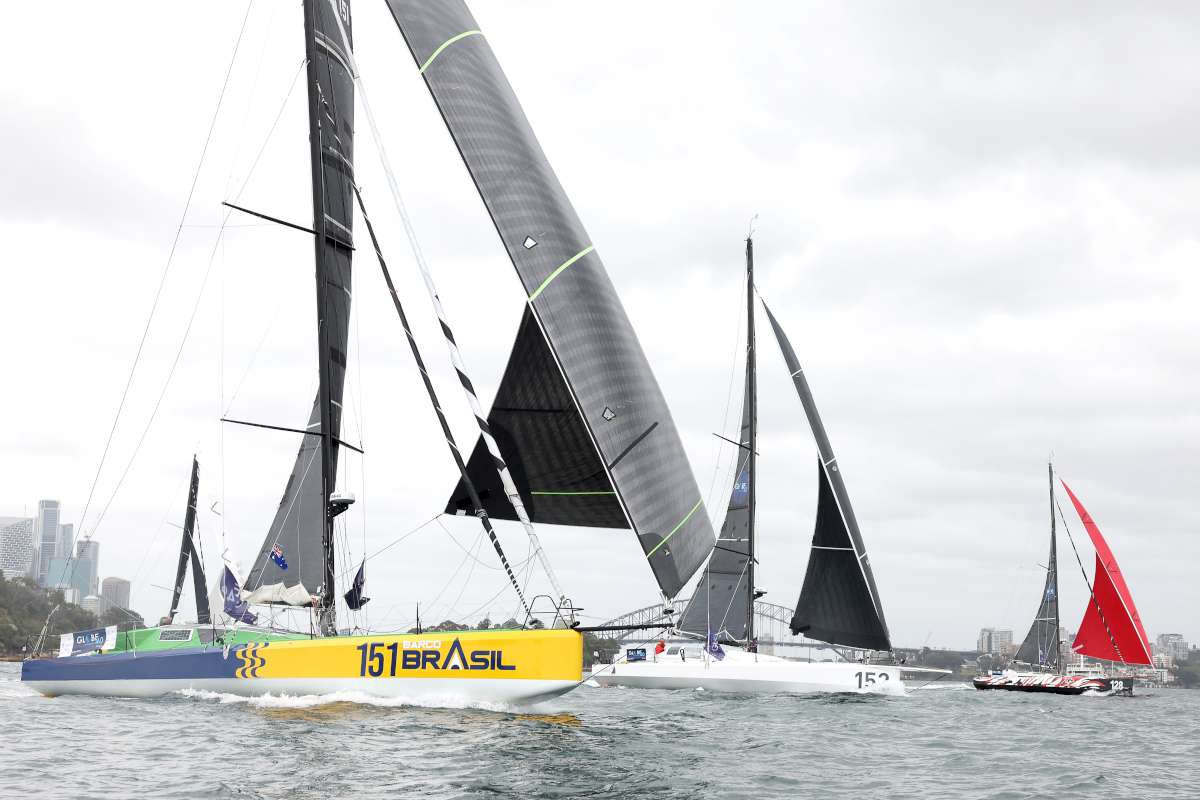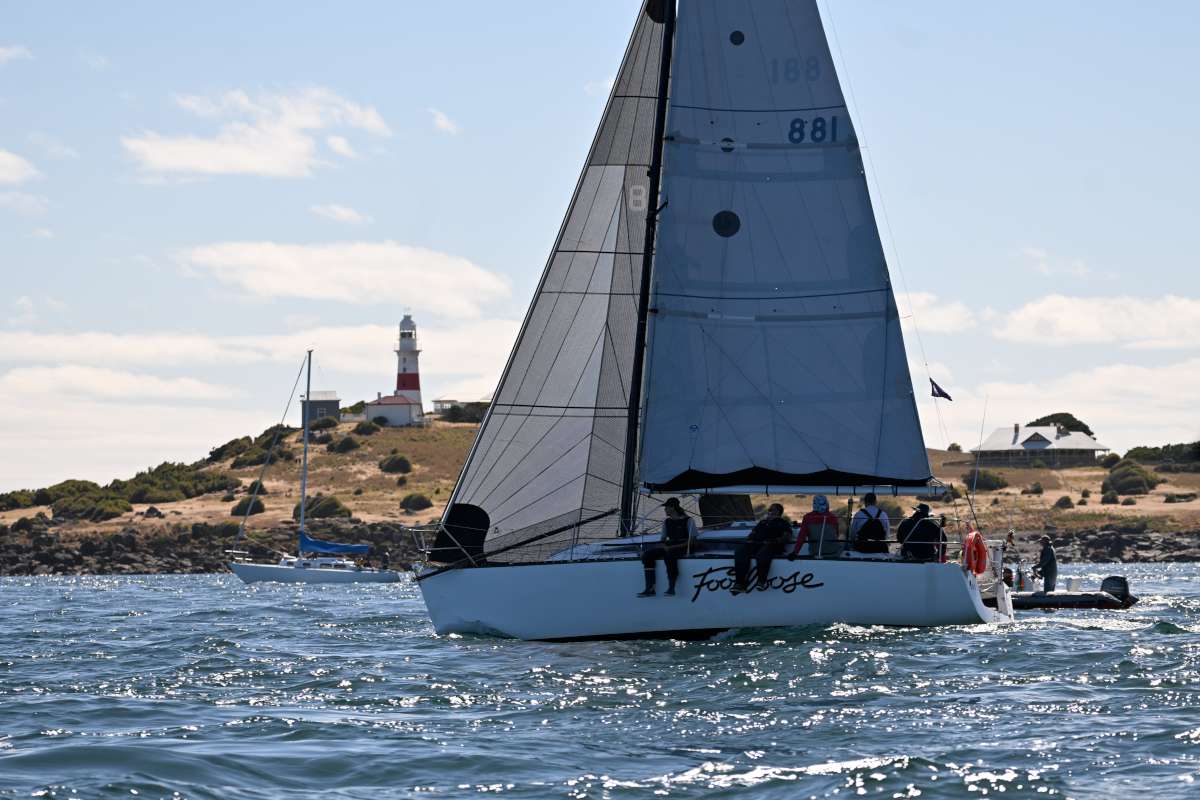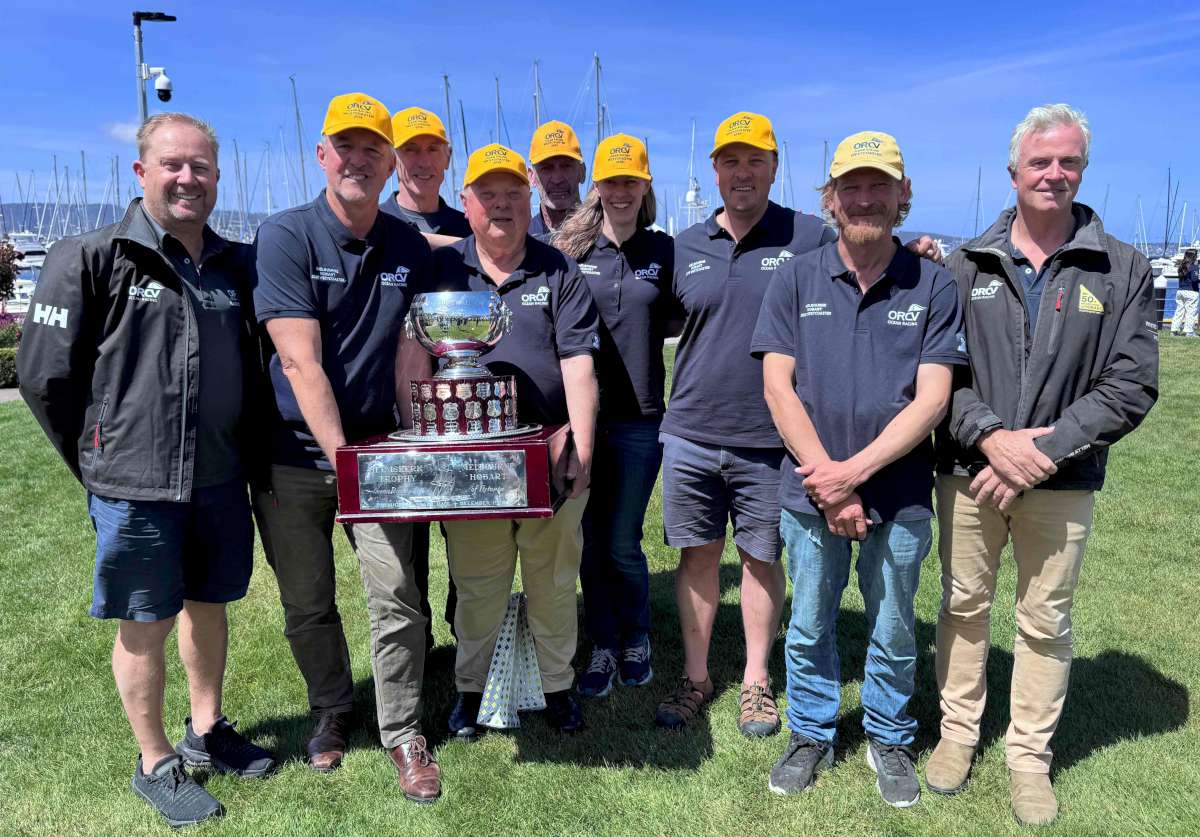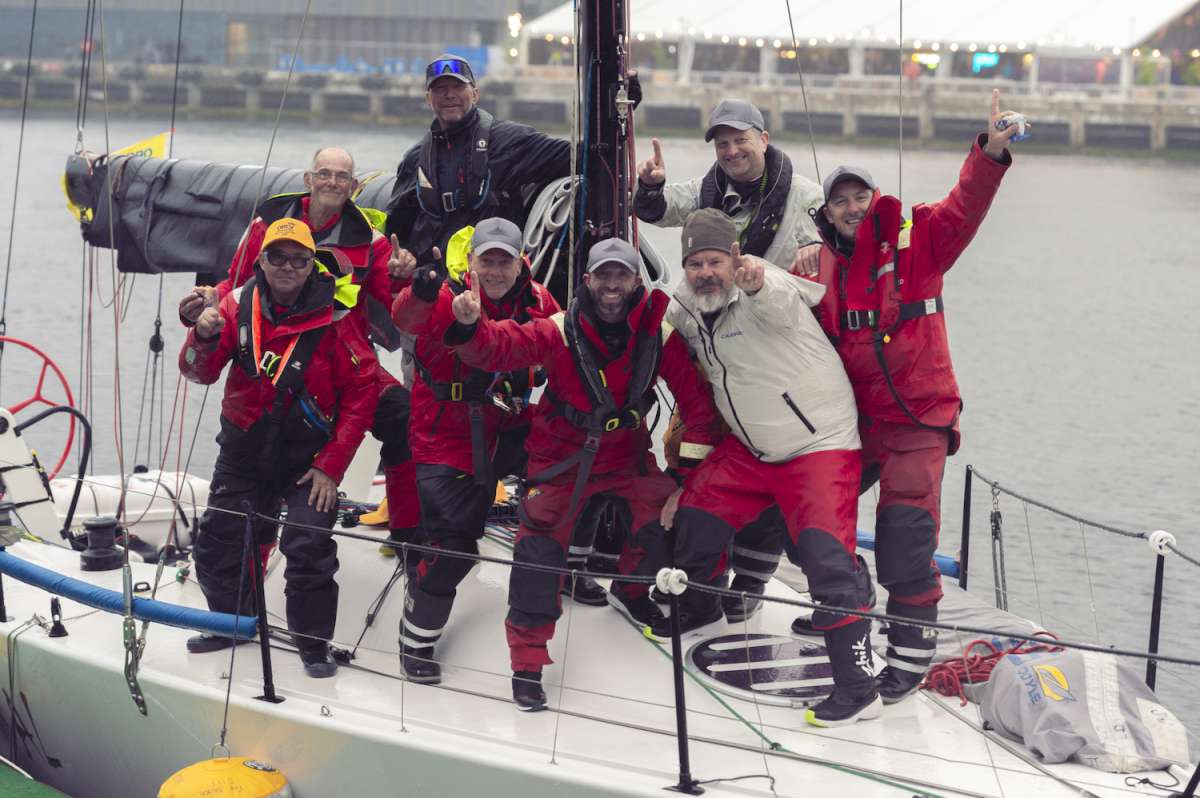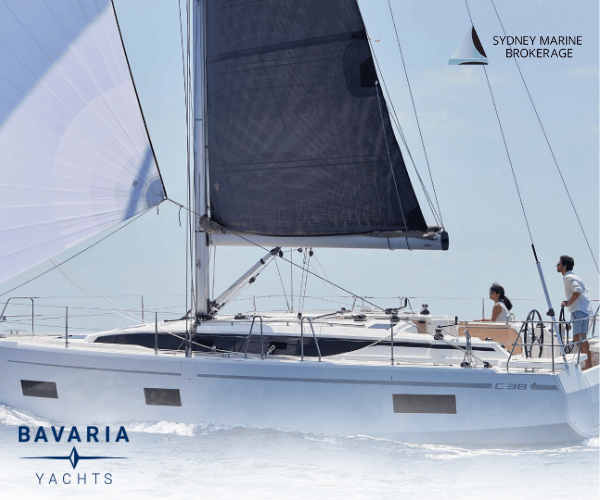CLASSICS YACHTS
During a recent visit to Europe, David Salter surrendered to the seductions of some of the world’s great classic yachts.
IT IS, of course, utterly illogical to ascribe human qualities to a yacht. They are mere wood, stainless steel, dacron, paint and varnish.
Yet, in the presence of a truly beautiful boat, the sense that these are living things is often inescapable. How can any object so magnificent and pleasing to the senses not have a soul’
That thought overwhelmed me many times as I dawdled the docks of Nice, Cannes and St Tropez last October, feasting my eyes on the assembled fleets of classic superyachts. It was my good fortune that they’d just finished a regatta off the Gulf of St Tropez and were resting up before the delivery trips back to their home ports.
For any wooden boat ‘tragic’ this experience is faintly erotic ‘ the yachts all lie stern-to, gunwhale-to-gunwhale, languorously gleaming in the Mediterranean sun, and showing off their curves like a bevy of screen starlets. It’s pure boat porn.
These thoroughbreds do their most prominent racing off Sardinia and in the Caribbean but the South of France is their natural home. Beautiful people, beautiful yachts, and the unmistakable scent of money. You can walk off the fantail, across the cobbled quay and straight into some of the most exclusive restaurants and fashion boutiques in the world.
To keep one of these classic giants in the manner to which they are accustomed is witheringly expensive.
A chat with those in the know around the quay confirmed that it was not uncommon for the yachts to have a permanent crew of six, including full-time chefs and engineers. Every square inch of varnish and stainless steel is washed and polished ‘ every day. You never know when the owner might arrive unannounced by private helicopter.
Size matters to these people. The most prized mooring berths are in the old stone horseshoe-shaped dock at St Tropez. Here, any yacht less than 80 feet need not apply.
The gorgeous Moonbeam III by William Fife was, at just over 30m, far from the leader of the pack. Pride of place ‘ at least while I visited ‘ went to Eleonora, the 41.5m Herreshoff schooner. That’s 135 feet in the old money. Lulworth, lying less than an hour’s drive to the north at Cannes, was even longer, but with less hull volume.
These yachts have a size and presence that makes modern maxis look like dinghies. A mainsail batten on Sunshine might be pressed into service as the boom for Wild Oats XI.
But it’s not the scale of the yachts that takes the breath away, it’s their beauty. They represent an era when naval architects designed by eye rather than computer mouse.
And what glorious lines those men drew! Nan is now 110 years old yet her sheerline and entry embody such sublimely subtle curves that they still seem fresh after four generations.
Yachts of this vintage were created and built by craftsmen who strived to achieve an aesthetic harmony between form and function. The boats had to look as good as they sailed.
The best of them are objects of such profound intrinsic value that their restoration and maintenance verges on the curatorial. To stand before them in all their varnished glory is like visiting one of the great European galleries. But these are not static exhibits ‘ they’re living works of art that continue to provide the thrill of competitive sailing.
It was heartening to note that most owners of the older classic superyachts have had the courage to return them to their original gaff rigs. This entails a forest of extra halyards, checkstays and runners (not to say a football team of extra crew), but the sense of assurance that flows from adhering to the original design must surely be worth the additional effort.
The more modern classics, such as Sophie and the splendid Agnetha from Germany, have retained post-war Marconi rigs, including their elegantly tapered timber spars. The only obvious concessions to modernity ‘ at least above deck ‘ are the widespread use of large winches and discreetly mounted electronics.
Even to the casual eye, each of these magnificent yachts has its own character.
Sunshine and Rowdy are joyful day boats ‘ large but low-wooded racing sloops without liferails and designed purely for fun around the buoys. Eugenia and Owl were built to do more serious work, and both have many thousands of tough passage miles under their keels. Veronique and Rebecca are dignified cruiser/racers (and, like so many classics, they’re named after their owner’s wives in an attempt to excuse the expense).
If there is a single theme that unifies these classic superyachts then it is their love and respect for detail.
Every aspect of the shipwright’s craft is on display. Immaculately laid teak, stunning coach houses, beautifully fashioned tackle blocks, splendidly commanding wheels and binnacles. Even the humble boom crutches are often minor masterpieces of carpentry.
Each yacht is an unspoken seminar on the power of unified design, and tangible proof that the overall impact of true excellence will always be greater than the sum of its individual parts.
I drank in these boats for hours, taking scores of photos while trying to savour and commit to memory every aspect of the fleet.
But photography struggles to capture their most essential element: pride. These are proud ships. Through their sheer style and size they exude a sturdy self-confidence that has largely been lost from the sport of yacht racing.
Great classic yachts embody a set of traditional sailing values based on seaworthiness, beauty and a certain raffish flamboyance. Those qualities largely ended with the introduction of fiberglass mass production 40 years ago.
And, a century from now, it’s difficult to imagine anyone approaching a restored Alfa Romeo with similar reverence.





